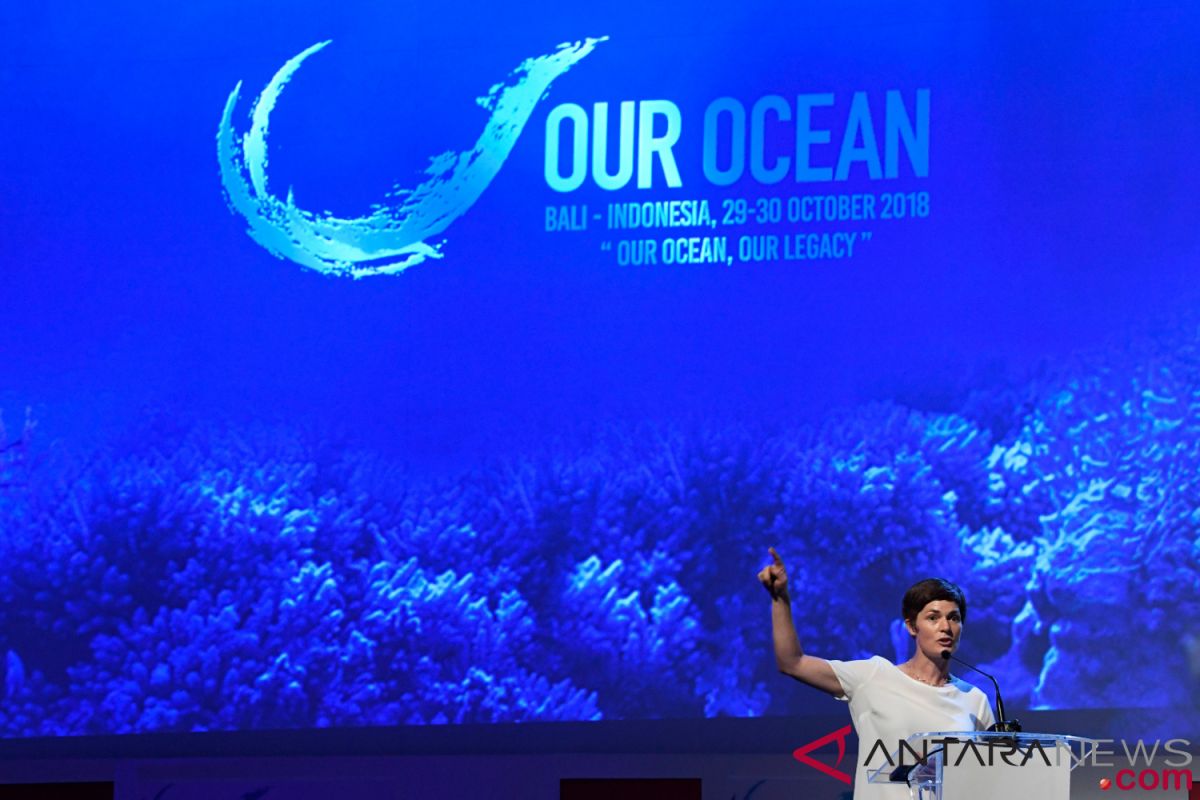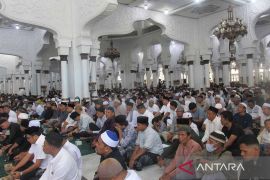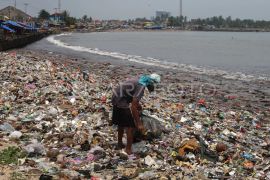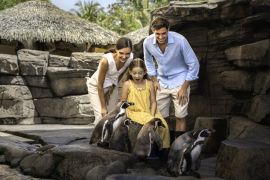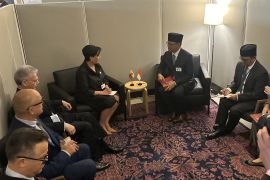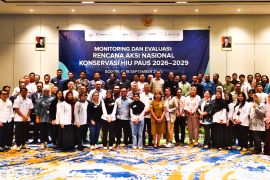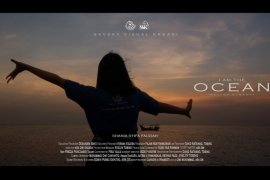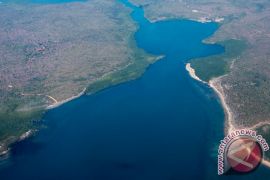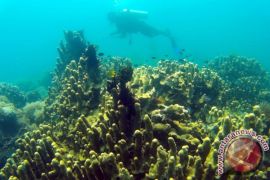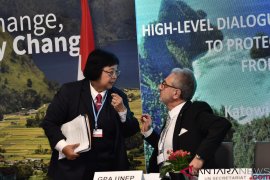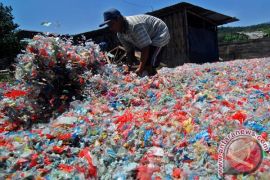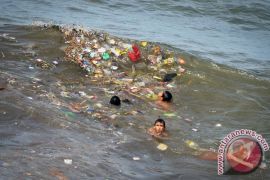Indonesia`s coastline stretches for over 95,181 kilometers in length, thus being one of the longest coastlines in the world, and home to some of the world`s richest tropical marine ecosystems, including coral reefs, mangroves, and seagrass meadows, within 3.6 million square kilometers of territorial seas. Indonesia`s mangrove area is the largest in the world, comprising some 23 percent of the global mangrove area.
While reductions in carbon dioxide emissions are currently at the center of global climate change discussions, the critical role of coastal and marine ecosystems for carbon sequestration or as sinks has been overlooked or even neglected. To this end, Indonesia`s blue carbon ecosystems account for 17 percent of the world`s blue carbon reservoir.
However, Indonesia`s blue carbon ecosystems are among the world`s most threatened. Some three to seven percent of the ecosystems are disappearing every year, with the worst conditions found on the north coast of Java, with the main reasons being dredging, degradation of water quality, deforestation, and aquaculture activities. An estimated 70 percent of Indonesia`s mangrove forests are damaged due to human activities.
As a part of a concerted effort to mainstream the coastal and marine sector into the national climate change and conservation policy, the MMAF has been engaged in the Blue Forests Project, which is part of the global coordinated efforts to demonstrate methodologies and approaches for carbon accounting and ecosystem services valuation in coastal and marine ecosystems. Indonesia, through MMAF, remains committed to spending US$400 thousand-$900 thousand in 2019 for the project.
The project represents an opportunity for Indonesia to enhance understanding of ecosystem services, carbon sequestration, storage, avoided emissions, and management in mangrove and seagrass ecosystems through various blue carbon sites in Indonesia. It also supports and enhances the existing national goals on mangrove and seagrass conservation, the National Reducing Emissions from Deforestation and forest Degradation Strategy, and blue carbon related policy assessment.
In addition, Indonesia`s MMAF highly prioritized the conservation of mangrove and seagrass, with the achievement of establishing 20.87 million acres of marine protected area in 2018 and the plan to expand to 30 million acres in 2030.
The MMAF also remains committed to contributing to reduce the degradation of blue carbon ecosystems by enhancing research and programs on sustainable fisheries and aquaculture, including reducing mangrove-to-pond conversion and endorsing silvofishery systems.
The MMAF is currently endorsing the addition of a specific sector on "Coastal and Marine Sector" to the draft of Presidential Regulation on Low Carbon Development Planning that has now been reviewed by Indonesia`s National Planning Agency (Bappenas). It is a new platform of development, with the main focus being to sustain social and economic growth through low-carbon activities and minimum exploitation of natural resources.
The inclusion of the "Coastal and Marine Sector" into the regulation of Low Carbon Development Planning will guarantee that contribution of the "Coastal and Marine Sector," where blue carbon is a part of it, will be quantified and accounted for, not only from the perspective of climate change but also from the socio-economic benefits to the coastal community.
Reporter: Yuni Arisandy Sinaga
Editor: Yosep Hariyadi
Copyright © ANTARA 2018
